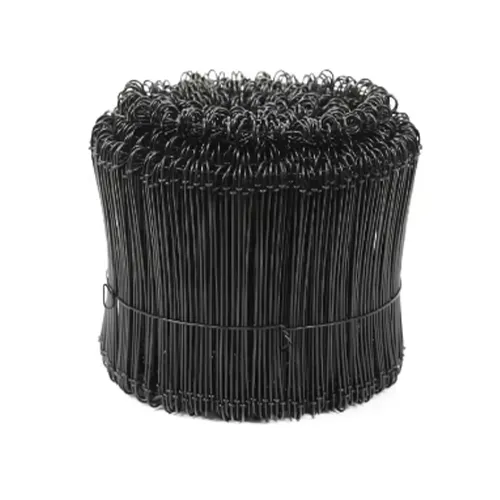-
 Phone:
Phone: -
 Email:
Email:

Understanding Different Heights for Chain Link Fences and Their Uses
Understanding Chain Link Fence Heights A Comprehensive Guide
When it comes to fencing options for your property, chain link fences are among the most versatile and cost-effective choices available. These fences are commonly used for residential, commercial, and industrial applications, providing a practical solution for security, containment, and visibility. One crucial aspect that potential buyers often seek to understand is chain link fence heights. In this article, we will delve into the various heights available, their purposes, and how to choose the right height for your needs.
The Basics of Chain Link Fence Heights
Chain link fences come in a range of heights, typically measured in inches or feet. The most common heights include 36 inches, 42 inches, 48 inches, 60 inches, and 72 inches. Each height serves different purposes and is designed to meet various requirements depending on the property type and intended use.
1. 36-Inch Fences This height is often used for low-profile applications such as garden fencing or decorative purposes. While it provides minimal security, it can effectively define boundaries and keep small pets contained within a yard.
2. 42-Inch Fences Slightly taller than the 36-inch option, this height is suitable for residential backyards where visibility is desired without compromising too much on security. It can also be used in parks or playgrounds to contain children while allowing visibility for supervision.
3. 48-Inch Fences This is one of the most popular heights for residential properties. It provides a decent level of security and is commonly seen around pools for safety reasons or around homes to deter unwelcome visitors while still allowing good visibility.
4. 60-Inch Fences A 5-foot tall fence is often selected for commercial properties or places where moderate security is necessary. This height can also be effective in preventing larger animals or intruders from easily scaling the fence.
5. 72-Inch Fences Standing at 6 feet tall, this height is frequently used in industrial applications or for high-security areas. It effectively deters unauthorized access and provides significant boundaries around facilities that require protection.
Selecting the Right Height
chain link fence heights

Choosing the right height for your chain link fence involves several factors
- Purpose Determine what you need the fence for—security, containment, or privacy. If security is a primary concern, opting for a taller fence is advisable.
- Property Regulations Always check local zoning laws or homeowners association (HOA) regulations, as they may dictate boundary fence heights.
- Aesthetic Considerations The height of your fence should complement the overall aesthetics of your property. A lower fence may enhance curb appeal in a neighborhood setting.
- Geographical Considerations If you live in an area prone to heavy winds or extreme weather, a taller and sturdier fence may be more beneficial.
Additional Options
In addition to height, chain link fences come with various customization options. You can choose different gauge wire thicknesses, protective coatings (like vinyl or galvanized finishes), and even slats to enhance privacy. Adding privacy slats can transform a standard chain link fence into a more secure barrier by limiting visibility from both sides.
Conclusion
Understanding the various heights of chain link fences and their applications can significantly impact your property enhancement decisions. From low-profile designs for aesthetic purposes to high-security options for industrial needs, there's a chain link fence height suited for every requirement. By carefully considering your specific needs, local regulations, and aesthetic preferences, you can select the perfect chain link fence that not only meets your security requirements but also complements your property beautifully. Whether you're enhancing the boundaries of your yard or securing a large commercial site, chain link fences provide a reliable and economical solution that stands the test of time.
-
Wire Mesh for Every Need: A Practical SolutionNewsJul.25,2025
-
Steel Fences: Durable, Secure, and Stylish OptionsNewsJul.25,2025
-
Roll Top Fencing: A Smart Solution for Safety and SecurityNewsJul.25,2025
-
Cattle Farm Fencing Solutions for Maximum SecurityNewsJul.25,2025
-
Affordable Iron Binding Wire SolutionsNewsJul.25,2025
-
Affordable Galvanized Wire SolutionsNewsJul.25,2025
-
Wire Hanger Recycling IdeasNewsJul.25,2025








